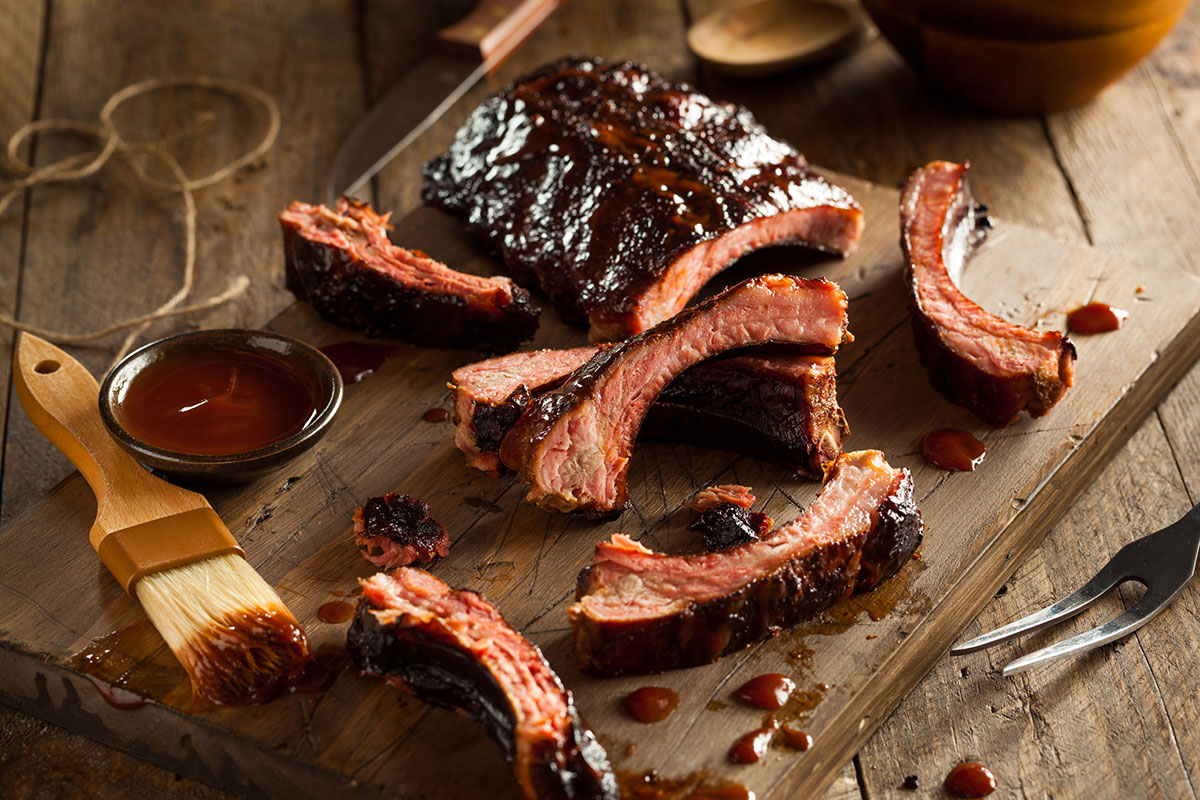 When it’s time to bring new life to your backyard, atop most homeowners’ wishlists is adding a BBQ component to their outdoor oasis. But few actually understand what BBQ means. It’s not grilling. Grilling is quick and easily completed over moderate heat, with very little smoke and prep time. BBQ, on the other hand, is done very slowly, over indirect heat. The result is a feast that’s flavored by the smoking process. Most diehard “BBQists” say it should take more than half a day to yield the optimum result. Talk about worth the wait!
When it’s time to bring new life to your backyard, atop most homeowners’ wishlists is adding a BBQ component to their outdoor oasis. But few actually understand what BBQ means. It’s not grilling. Grilling is quick and easily completed over moderate heat, with very little smoke and prep time. BBQ, on the other hand, is done very slowly, over indirect heat. The result is a feast that’s flavored by the smoking process. Most diehard “BBQists” say it should take more than half a day to yield the optimum result. Talk about worth the wait!
But where did this staple of backyards and restaurants around the world orginate? No one knows for sure. But etymologists and linguists have traced its roots to 1492 when Christopher Columbus sailed the ocean blue and landed in The Americas, discovering native Haitians roasting a whole hog atop a wooden structure resting on poles over a fire. The first recorded use of the word was in 1661 when Restoration-era Churchman Edmund Hickeringill used it to describe a tribe of cannibals in Haiti that he witnessed “barbacu’ing” the flesh of the slain. Ick.
Whether you prefer your BBQ at home, at a restaurant, braised, baked, roasted, smoked, charred, slathered, wet, dry, or done over wood, charcoal, gas or electricity, it can’t be argued that a good BBQ brings people — and entire communities — together like nothing else can. And that’s exactly what a great feast is all about.
American BBQ Styles
Kansas City: Thick, sweet tomato-based sauces and brown sugar rubs for various land, sea and air meats charred to perfection on low heat.
Memphis: Pork-heavy with more spice and tang and less mess than Kansas City-style. The sauce isn’t slathered on, but used as a condiment at the table.
Texas: This style is for the beef people, cooked with a dry mustard and chili powder rub. Thin and bold sauces in mop or baste form.
The Carolinas: Here, piggy piggy. Pork takes center stage in this part of the country, sans the rub, and heavy on thin, peppery mustard or vinegar-based sauces, depending on the region.











